Biological Oxygen Demand (BOD) and Chemical Oxygen Demand (COD) are two of the most important parameters to characterise (measure the degree of pollution) of wastewater.
BOD, the biological demand for oxygen a source of water has, is the amount of oxygen used by microorganisms to break down organic substances. These are usually bacteria (aerobic or anaerobic), yeasts and plankton contained in the water. It is a measure of the degree of contamination and is expressed in mgO2/L. It is measured via a delicate and time-consuming biological process, which depends on temperature. The standard measurement is performed at 20°C for 5 days and is called BOD5. The period of 5 days was chosen, as this is the average time it takes a British river to reach the sea.
In general terms, the greater the pollution, the higher the BOD. It provides a rough measure and some reference values for certain water types are as follows:
- Pure: 2 – 20 mg/L
- Slightly polluted: 20 – 100 mg/L
- Moderately polluted: 100 – 500 mg/L
- Highly polluted: 500 – 3,000 mg/L
- Extremely polluted: 3,000 – 15,000 mg/L
COD, the chemical demand for oxygen a source of water has, is the amount of oxygen required to break down organic substances chemically and convert them to CO2 and H2O. It is also expressed in mgO2/L, and the higher the COD, the more polluted the water is. However, this test only takes about 3 hours, so much less time is needed for a result than for a BOD test. The COD in industrial water may be 50 – 2,000 mgO2/L, although it may reach 5,000, depending on the type of industry.
The main difference between BOD and COD is that COD measures all organic material, while BOD only measures organic material which is or can be biologically degraded. Therefore, for a given water sample, the COD is always greater than the BOD, and the second result (COD), as the complete chemical oxidation of the sample, can be considered to include the first.
BOD and COD are related and maintain their relationship for each type of water. The relationship is not the same for different types of water; however, industrial water of the same type has a similar BOD/COD relationship.
By providing more information and being quicker to obtain, the COD is becoming the reference standard in the field.
The use of NIHON KASETSU reagents, as well as eliminating particulate matter, can lead to very significant reductions in BOD and COD and compliance with the discharge rules for most wastewater. Ask us for more details.

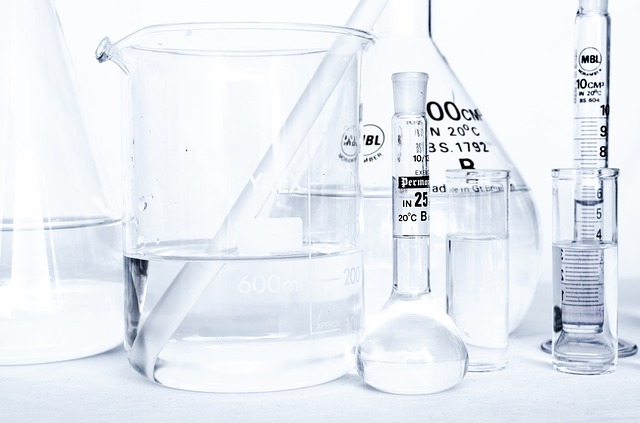
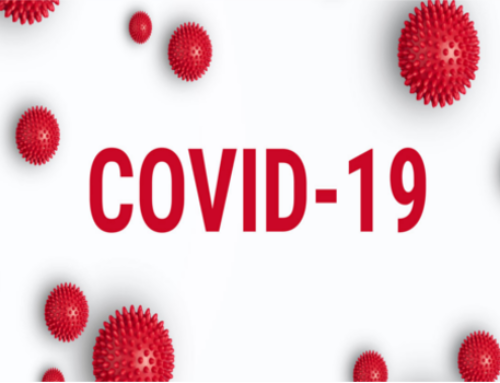
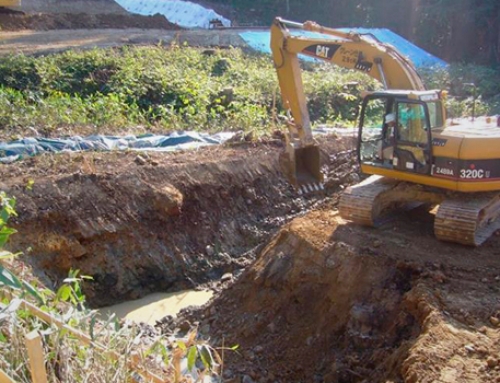
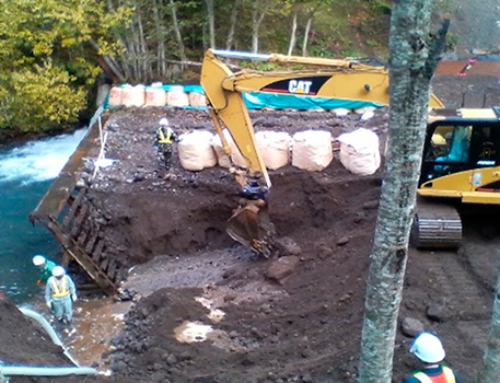
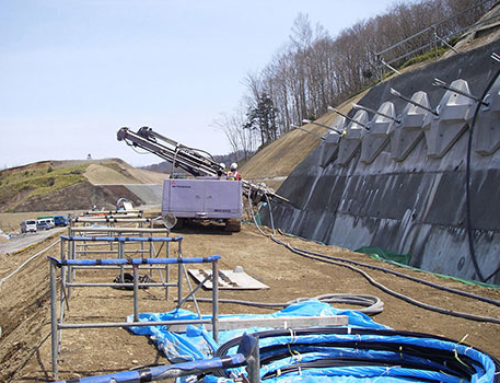

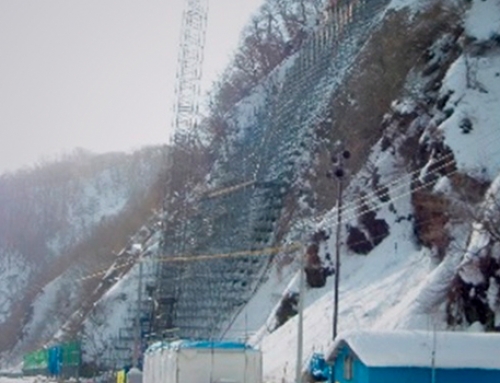
Leave A Comment